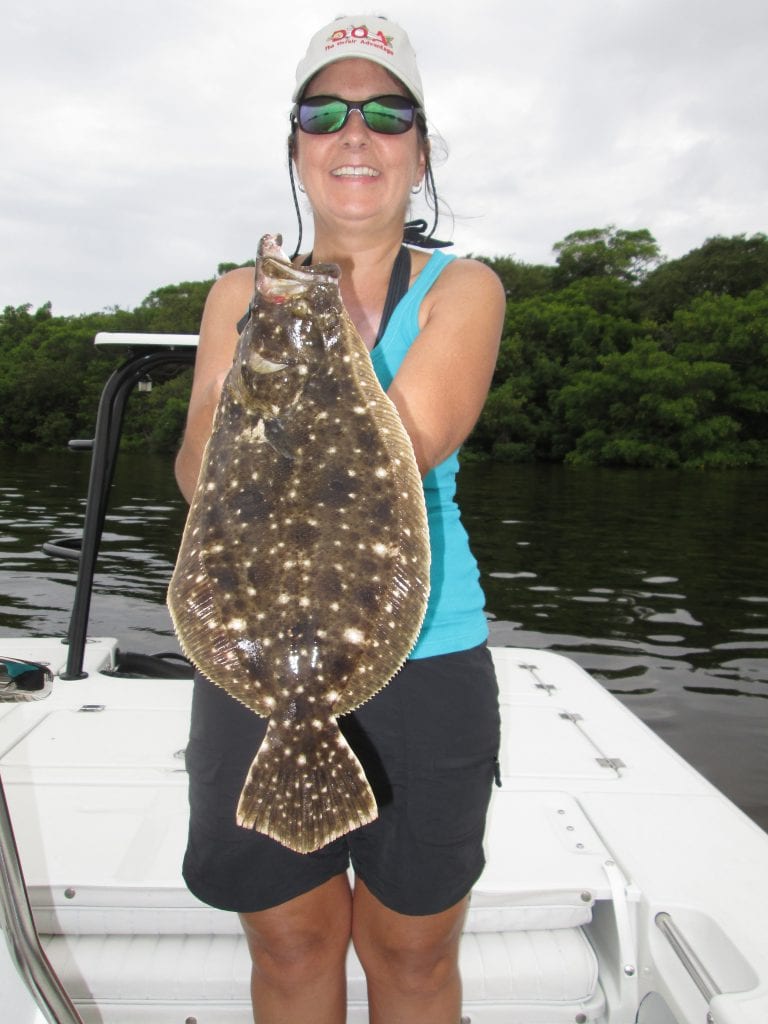
At times, the heat of summer can be unbearable and the fishing can be tough. Recent water temperatures have been hitting the low 90’s in some areas, but there are still ways to catch fish during these kinds of days, and a well thought-out approach may be the answer to the catching dilemma.
Avoid Hot Temperatures When Fishing
The obvious cure for catching summer fish would be to do your fishing early and late when the temperature is more comfortable for both you and the fish. But when your fishing schedule doesn’t jive with the heat, finding the right depth can put you on to some hot action. Fishing seems to slow down in open waters where direct sunlight bears down on the water, raising temperatures to higher levels. So, how do you find fish that will feed in this kind of heat? Varying your depth could be the key to finding where feeding fish are holding. Usually as you get deeper, the sun’s rays don’t penetrate as deeply, and deeper water will be cooler. Additionally, there can be thermo clines, where a certain depth of the water column may be cooler due to currents in the area or other natural phenomenon. Sometimes tiny springs that jut out of the limerock bottom will seep cooler ground water. These areas may hold fish as well.
Find the Fish that Like the Heat
Targeting certain species of fish that can tolerate summer’s heat is the easiest way to beat these dog days and get a bite going. Mangrove snappers are one of those fish that don‘t seem to care how hot it is. Targeting ‘mangos’ can be productive most any time of day. They can bite on a bright full moon or during mid-day. Find just about any kind of hard bottom in lower Tampa Bay right now and you’ll likely find some hungry mangrove snapper. They can be caught on live shrimp, small scaled sardines, ¼-ounce CAL Jigs, or DOA Shrimp with very little difficulty. However, these cagy fish tend to get shy once a few fish are caught. Sometimes downsizing leaders and hiding hooks can make a difference, and other times switching from mono leaders to a good fluorocarbon leader material like those from Seaguar or Ande will make your offering stealthy making mangos comfortable enough to feed. If you’re using natural baits, circle hooks are mandated by law for reef fish. Don’t forget that you must also have a venting tool and de-hooking device on board while using natural baits.
Use Chum to Catch Fish in the Heat
Another age-old trick to get these fish chewing is to use chum. I’ve noticed over the years that Aylesworth Fish and Bait’s Tournament Master Chum blocks are the best available and work dependably. These chum blocks come in fine grind that’s ¼”, and coarse grind that is ground to 5/8” and made of pure ground menhaden and enhanced with Menhaden Milk. Depending on the water temperature, one of these 7-pound frozen blocks of chum hung over the transom will last an hour or more and draw clouds of snapper to the boat. Some of the areas I find mangrove snapper in lower Tampa Bay range in depth from 5 to 30-feet of water. Even the shallow water areas hold mangos in the 1 to 3-pound class, and the chum works in all depths. But the stronger the current is, you can expect a more limited sink rate but a longer chum line to plume out from your boat’s transom. So the time of the tide and lunar cycles can affect how your chum line sinks and how far it travels from the boat.
Next week, I’ll tell you more about specific fish to catch in these hot days! Til then…I’ll catch ya later!
